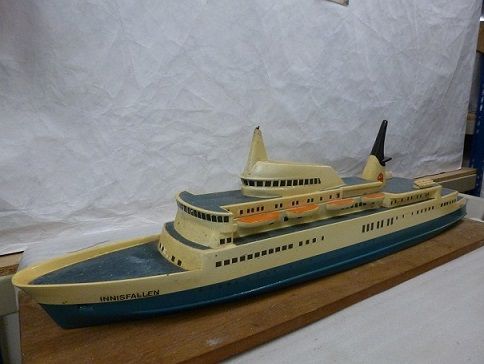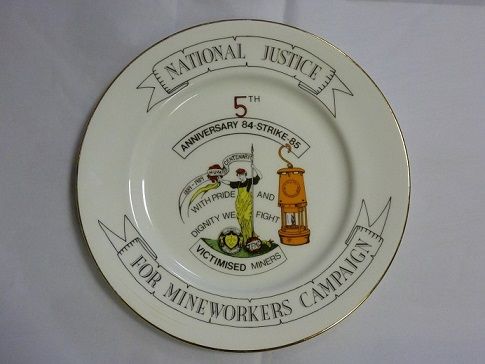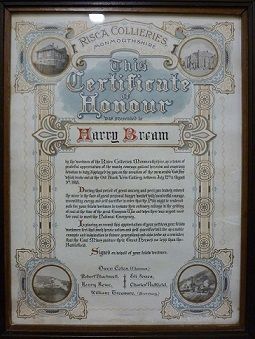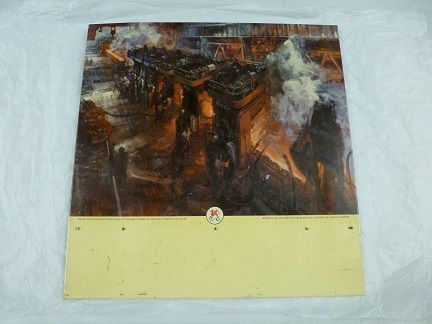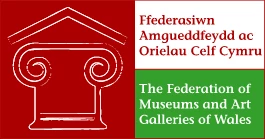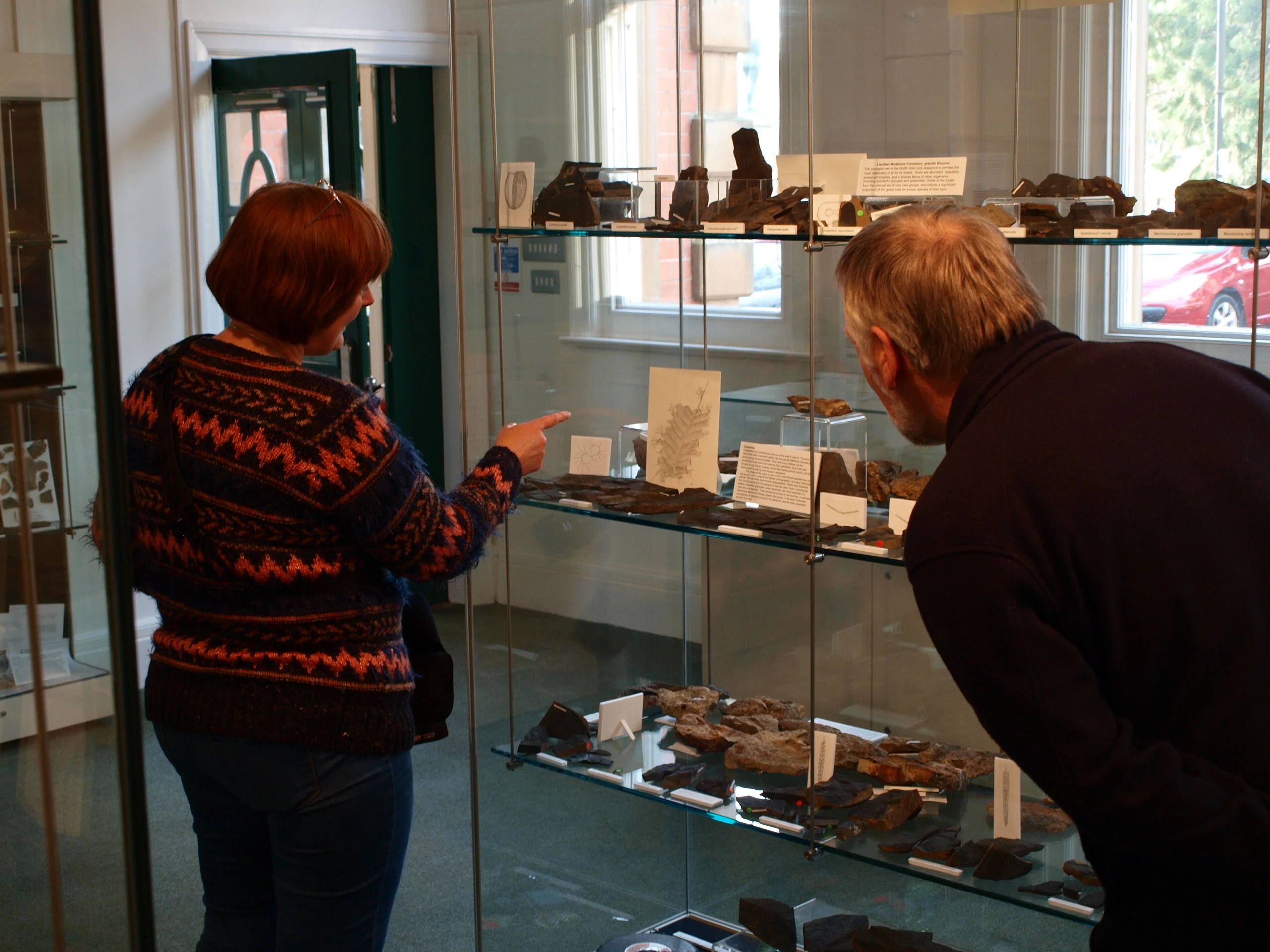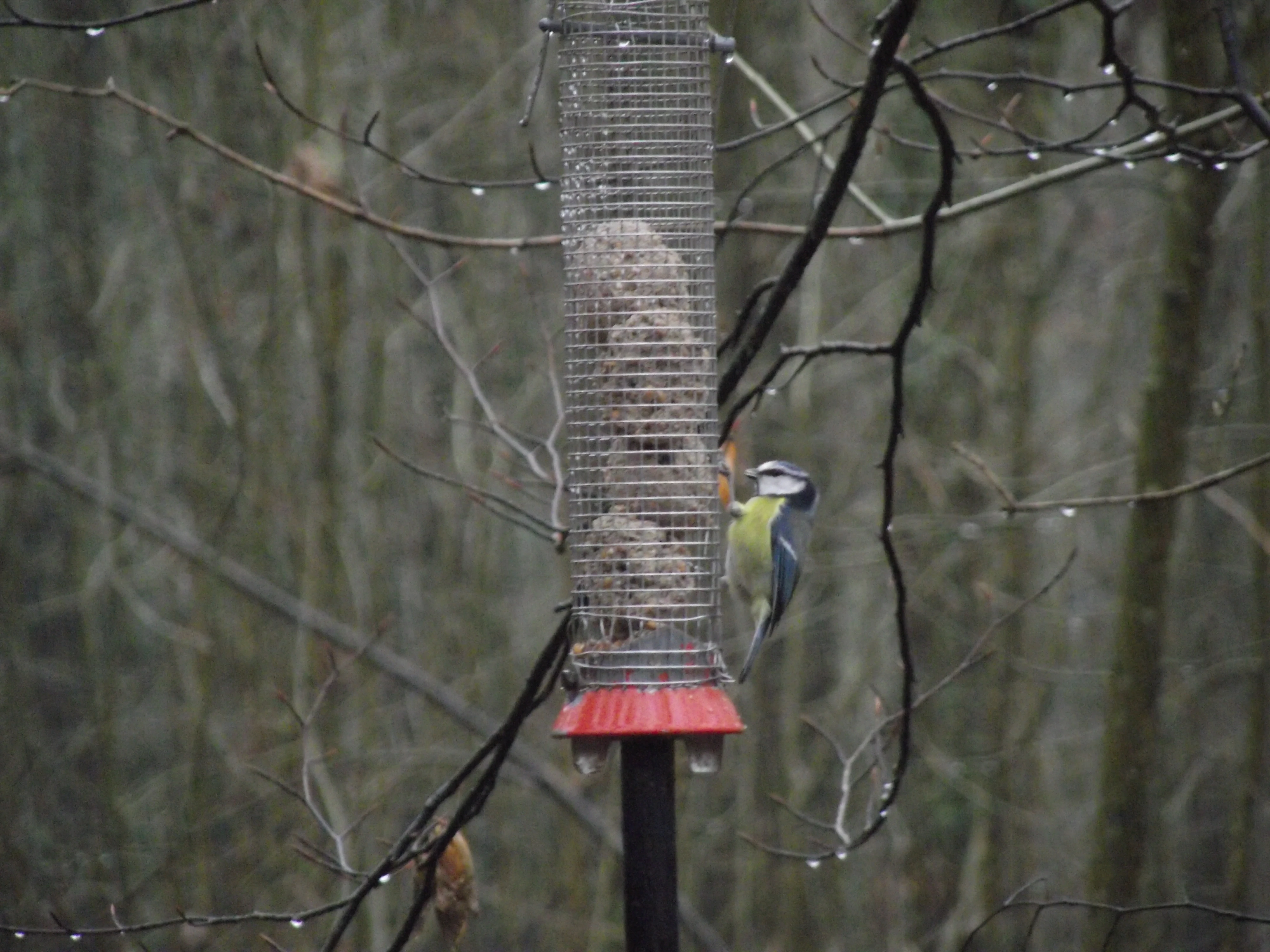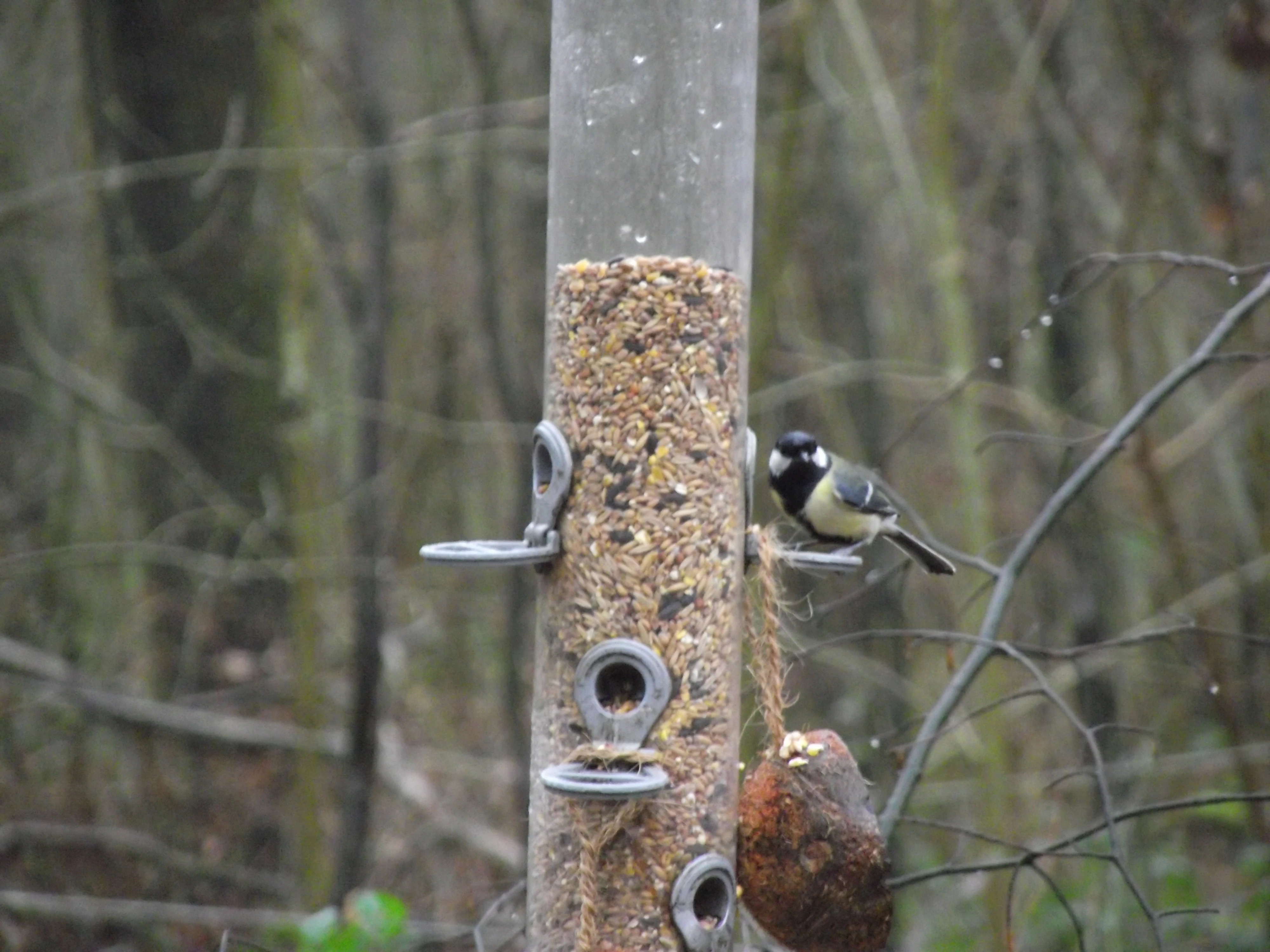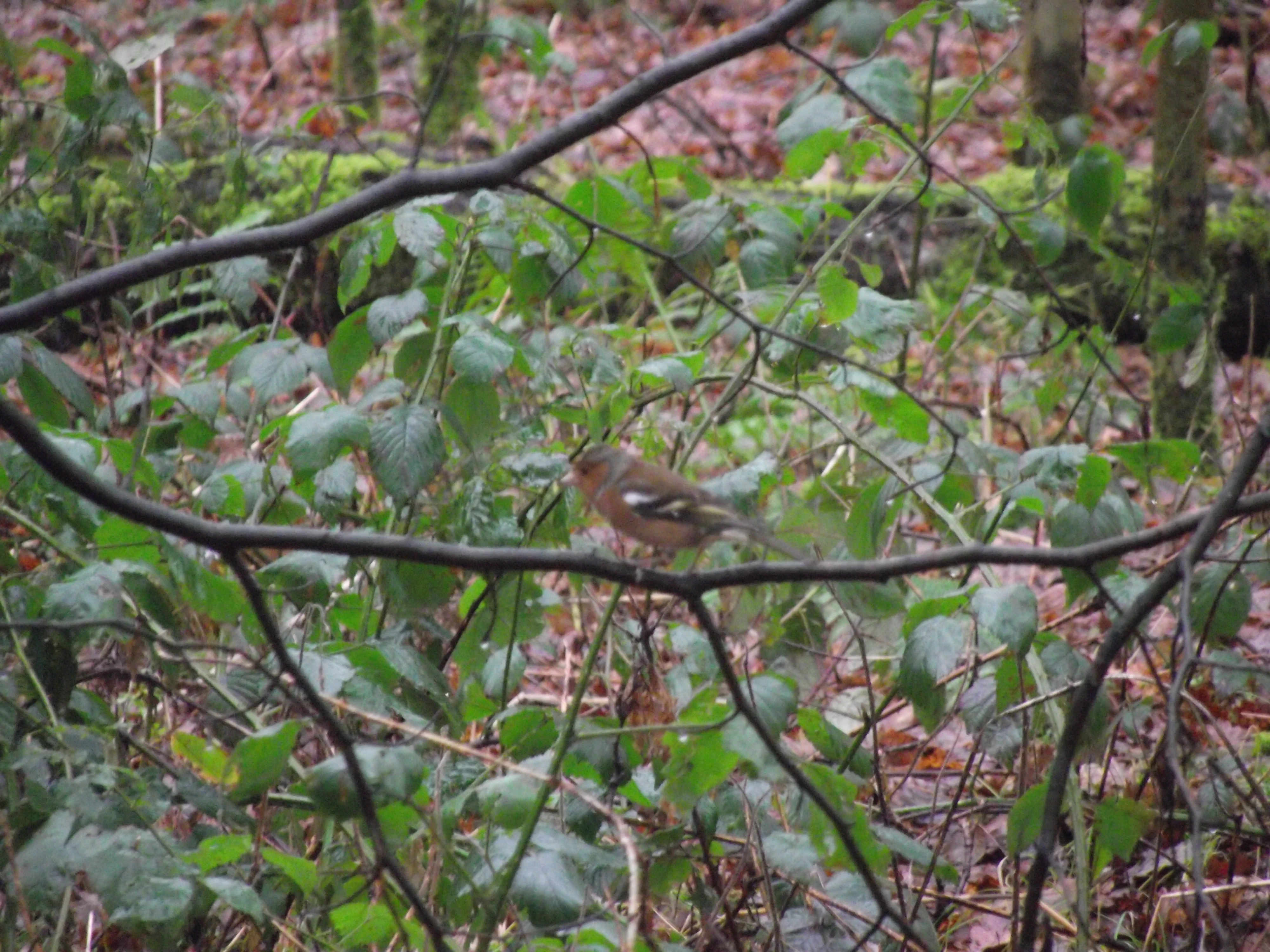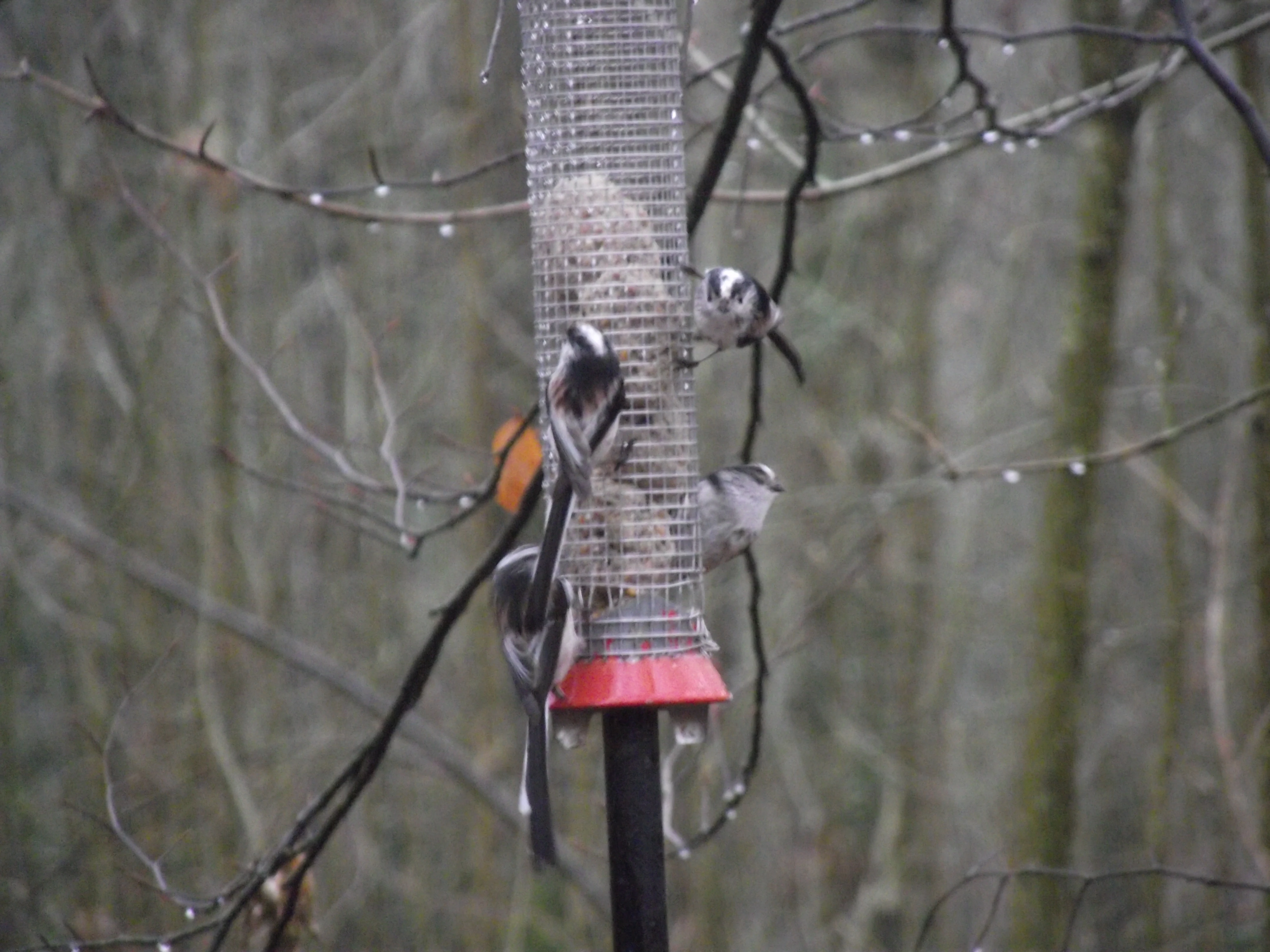Project Partners
, 12 Chwefror 2014
Now that the collections reviews have started in earnest (6 collections down, 14 to go) and things are settling down a bit (ahem...), it is about time to introduce our project partners. Linking Natural Science Collections in Wales is a collaborative project involving many people and organisations. The idea of creating a network of collections (the very philosophy of the Distributed National Collection) would not be possible without partnerships. If we think of the project as a growing plant a number of analogies spring to mind.
Seeds
The Welsh Museums Federation is instrumental for sowing the seeds of the Linking Collections project; the Federation is the strategic body for sector professionals in Wales and promotes good practice while providing a forum for discussion. Like a spider in her web, the Federation has the links it takes to pull the strings.
Water
The seeds are watered by the Esmée Fairbairn Collections Fund which provided a grant of £100,000 towards the project. These grants fund collections work outside the scope of an organisation’s core resources; in this case for a project manager to pull together collections reviews, data digitisation and online publishing, education resources, a touring exhibition, community engagement and training for museums.
Nutrients
Major nutrients for healthy growth of the little plant, lets say Nitrogen and Phosphorus, are provided by two major partners, Amgueddfa Cymru – National Museum Wales and CYMAL. Amgueddfa Cymru looks after the national collections. Seven museums in different parts of Wales with different themes provide one of the cultural backbones of the nation. Specialist curators from National Museum Cardiff are crucial for the smooth and reliable completion of the collections reviews in the partner museums.
CYMAL are the Welsh Assembly Government's heritage and culture arm; they provide advice and support to the sector in Wales, develop professional standards, manage grant schemes and advise the Minister for Culture and Sport on policy matters. Thanks to support from CYMAL, a number of training courses are going to be run for partner museum curators and volunteers.
Soil
And here they come – they have already been mentioned a couple of times: the partner museums. There are 20 of them, and in our little analogy they are the soil in which the plant is growing. I am going to list them all because they deserve it:
Brecknock Museum and Art Gallery
Cyfarthfa Castle Museum and Art Gallery
Newport Museum and Art Gallery
Rhayader Museum and Art Gallery
Wrexham County Borough Museum and Archives
Carbon Dioxide
And we are not finished: communities are the carbon dioxide each plant needs for photosynthesis, and communities take an increasing interest and get more involved in their local museums. This ranges from amateur collectors organising community-curated displays, to Welsh speakers sharing their knowledge of vernacular terminology, to volunteers helping with identification and curation of museum specimens.
Light
The light for the healthy growth of the plant comes, naturally, from school pupils (particularly from local primary schools), who are increasing better able to utilise their museum, through improved engagement programmes, updated exhibitions and a system of ready-to-use loans boxes with activities and guidance for teachers.
Gardeners
Last but not least, each plant needs someone to look after it, and the gardeners in this case are the members of the steering group. Usually, they prefer to remain modestly in the shadows, but they, too, deserve a mention for their work of seeding and weeding:
Dr Richard Bevins, Keeper of Natural Sciences, Amgueddfa Cymru - National Museum Wales
Diane Gwilt, Keeper of Collections, Amgueddfa Cymru - National Museum Wales
Jane Henderson, Senior Lecturer, School of History, Archaeology and Religion, Cardiff University
Dr Hefin Jones, School of Biosciences, Cardiff University
Rachael Rogers, President, Welsh Museums Federation
Mike Wilson, Head of Entomology, Amgueddfa Cymru - National Museum Wales
A healthy plant is growing
Now I am going to sit back and watch the plant grow. Oh no, there is the next collections review to organise, the data to be edited, the annual report to finish, another meeting coming up… However, I will very much enjoy this new growth in the museum landscape. I hope you will enjoy it too.
For any comments, suggestions, or to contribute to this exciting project please get in touch: Facebook - Linking Collections Wales, Twitter - @LinkinCollWales.
